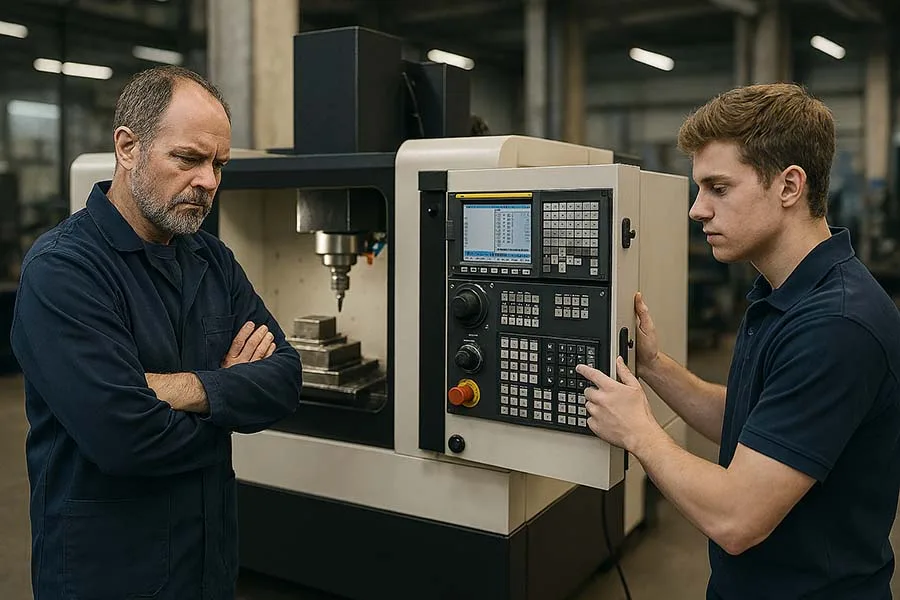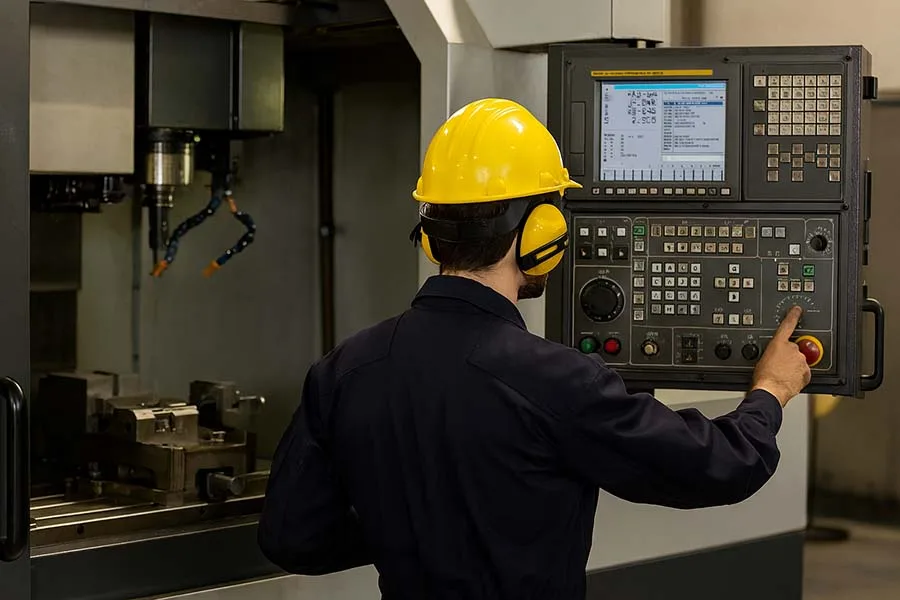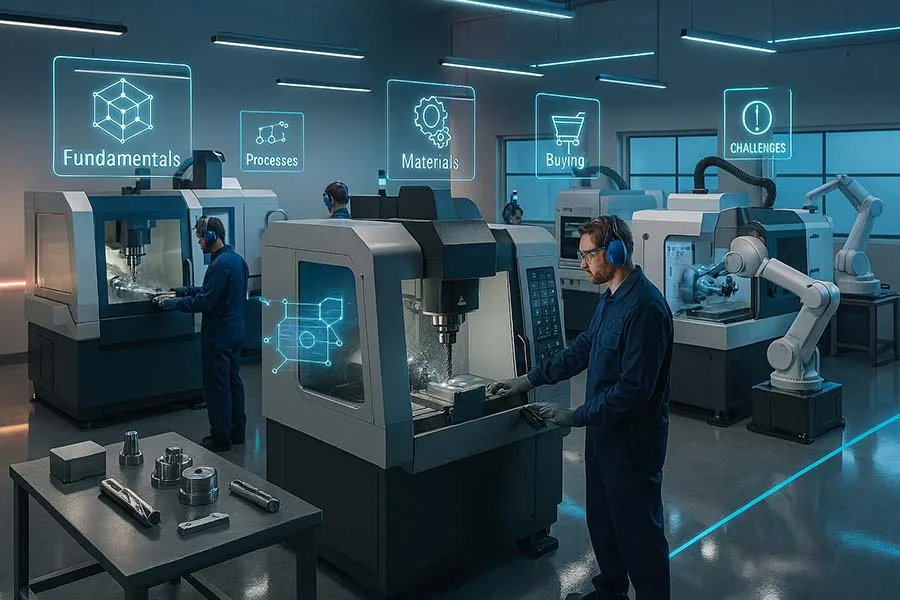Introduction
The manufacturing industry is evolving faster than ever, and CNC operations are at the heart of this transformation. Yet, despite growing automation and advanced machinery, many companies face a critical challenge: a widening skills gap in CNC operations. Experienced machinists are retiring, and new talent often lacks the hands-on experience and technical knowledge to operate complex CNC machines efficiently.
Bridging this gap is not just about hiring more staff—it’s about strategic workforce development, modern training programs, and leveraging technology to ensure the next generation of CNC operators is equipped for success.
Understanding the CNC Skills Gap
The CNC skills gap arises from several factors:
- Retiring workforce: Many seasoned machinists are reaching retirement, leaving behind a vacuum of expertise.
- Rapid technology adoption: Modern CNC machines require knowledge of advanced software, robotics integration, and digital tooling.
- Limited training programs: Vocational schools and in-house training often struggle to keep pace with industry demands.
- Perception challenges: Younger workers may see manufacturing as less attractive compared to tech-focused careers.
This gap affects production efficiency, quality, and ultimately, competitiveness in global markets.
Strategies to Close the CNC Skills Gap
1. Invest in Continuous Training
Continuous education is key. Companies can:
- Offer structured apprenticeship programs combining classroom learning and hands-on experience.
- Implement CNC simulation software for safe, cost-effective practice.
- Encourage certifications in advanced CNC programming and machine operation.
2. Leverage Technology
Modern tools can help bridge experience gaps:
- Digital twins allow operators to practice virtually on exact replicas of production machines.
- AI-driven troubleshooting systems provide real-time guidance for less experienced operators.
- User-friendly interfaces on modern CNC machines reduce the learning curve.
3. Build Strong Partnerships
Collaboration is crucial:
- Partner with technical schools and universities to create tailored programs.
- Engage with industry associations to standardize skills certifications.
- Offer internships and mentorship programs that connect students with veteran machinists.
4. Promote CNC Careers
Attracting talent requires improving perception:
- Showcase CNC careers as high-tech and creative rather than purely manual.
- Highlight the earning potential and career growth opportunities.
- Organize workshops and factory tours to inspire the next generation.
5. Emphasize Soft Skills
While technical expertise is critical, soft skills are equally important:
- Problem-solving and critical thinking help operators adapt to unexpected issues.
- Communication skills ensure effective teamwork on the shop floor.
- Continuous learning mindset fosters adaptability in a rapidly evolving industry.
Benefits of Closing the CNC Skills Gap
Addressing the skills gap yields tangible benefits:
- Increased productivity: Skilled operators reduce downtime and errors.
- Higher quality products: Expertise ensures precision in every cut.
- Future-proof workforce: Training and technology prepare companies for new CNC advancements.
- Employee retention: Investing in workforce growth increases satisfaction and loyalty.
Lesser-Known Fact
Did you know that some companies are using virtual reality (VR) CNC training to teach programming and machine operation? VR allows trainees to make mistakes without wasting materials or risking damage, accelerating learning exponentially.
Funny Fact
Many veteran machinists joke that the newest CNC operators need a “translator” for the machine’s software, as some interfaces can feel like reading an alien language for beginners!
Conclusion
Closing the CNC skills gap is not just a workforce issue—it’s a strategic imperative. By combining training, technology, partnerships, and career promotion, manufacturers can ensure they have skilled operators ready for the demands of modern CNC operations.
Your Turn:
Are you struggling with CNC workforce challenges? Share your strategies or ask questions in the comments below, and help us create a community of manufacturers bridging the skills gap together.





